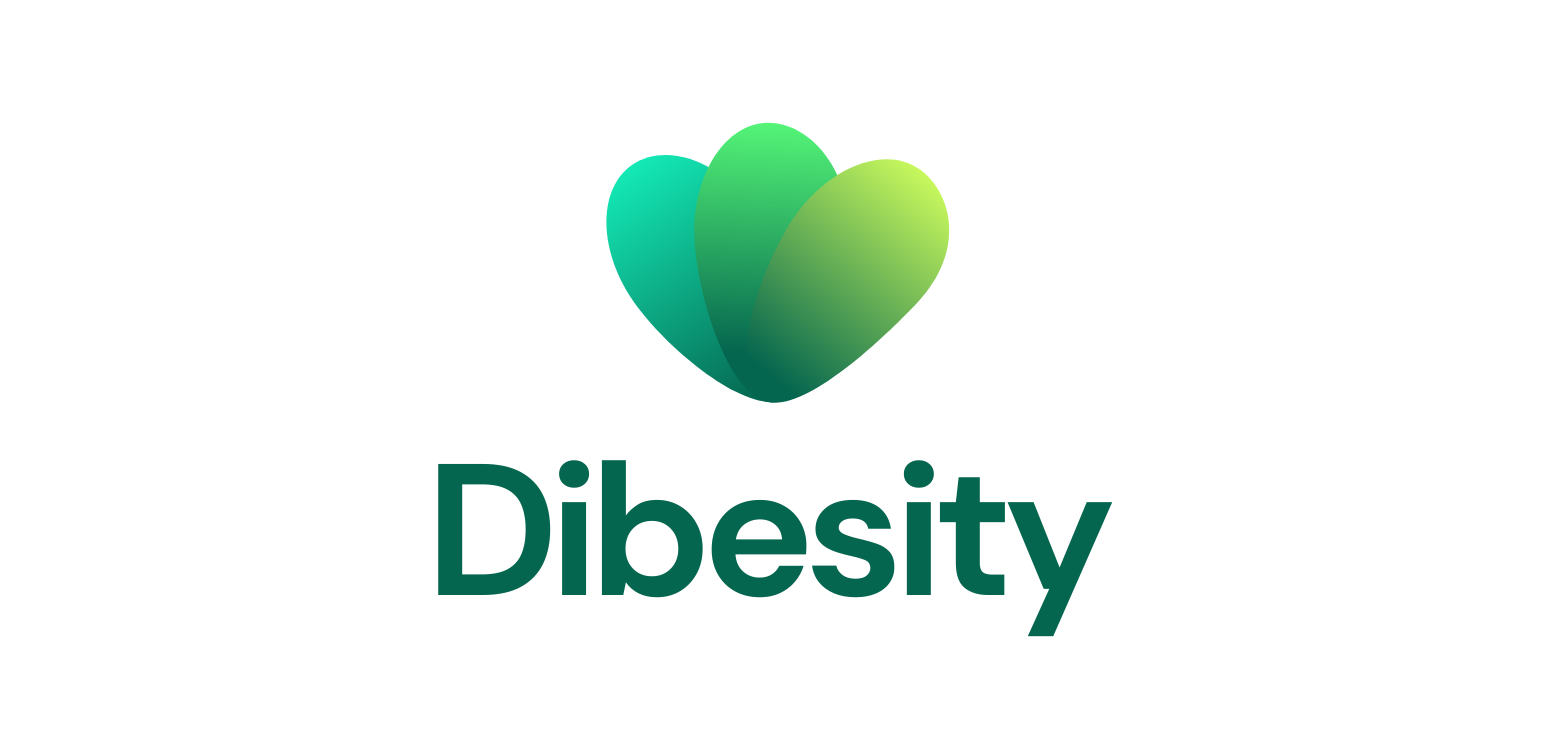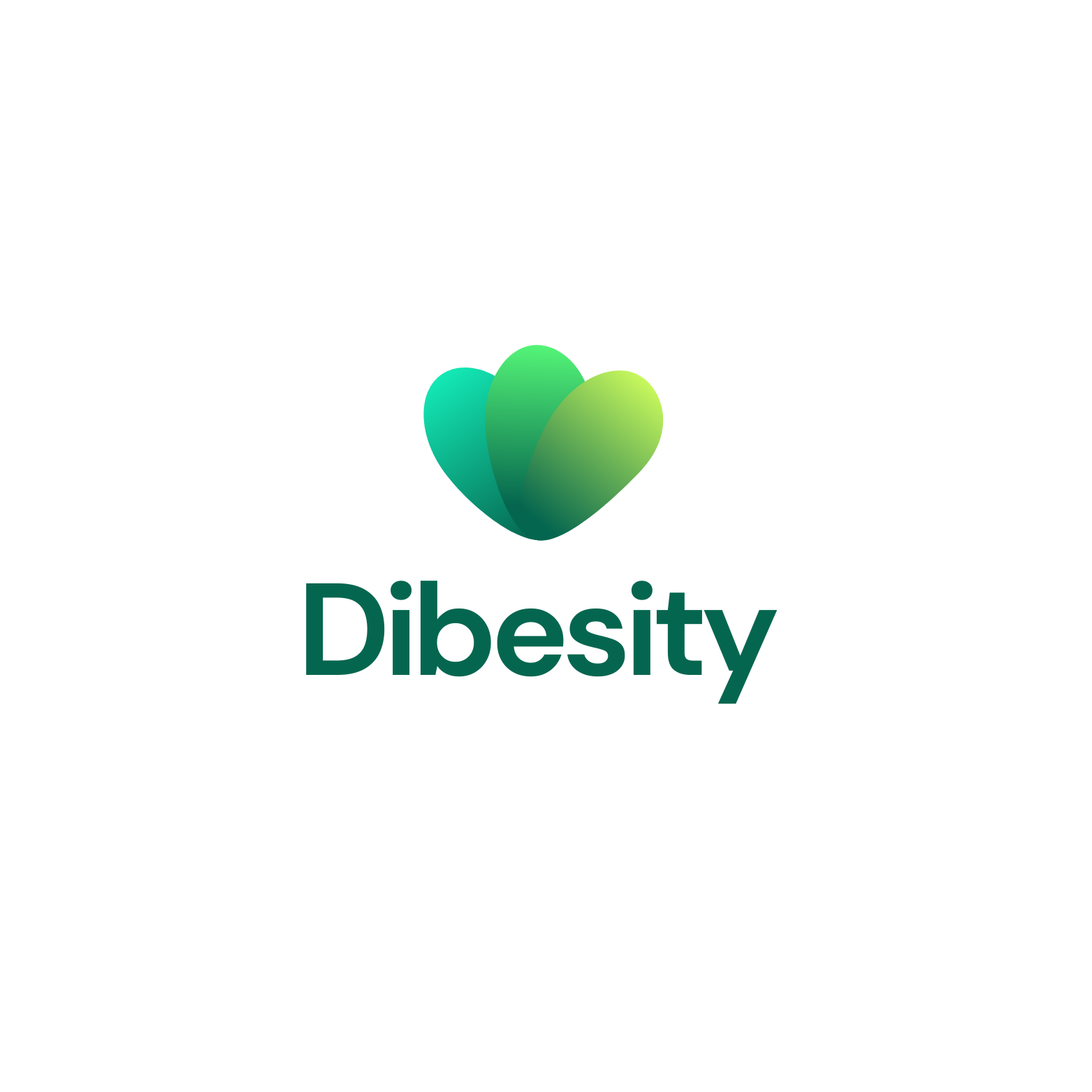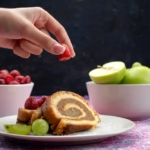Most single-serve bottles come from polyethylene terephthalate (PET) plastic that weighs about 9–10 grams for a 500-millilitre bottle, whereas a 330-millilitre aluminum can weighs about 16 grams.
PET starts as pellets derived from petroleum or natural gas while aluminum cans begin with bauxite ore that undergoes energy-intensive smelting before being rolled into thin sheets.
The extra mass and metallurgical steps make cans feel sturdier in the hand but embed more embodied energy right from the start.
Environmental Footprints and Recycling Realities
Recycling is the headline metric brands use when talking about aluminum’s ‘infinite’ circularity, and cans do out-recycle bottles as 43 percent of cans shipped in 2023 were recovered, compared with just 20 percent of PET bottles [ref].
Yet a better recycling rate does not erase the carbon math because producing a new aluminum tin roughly doubles the greenhouse-gas emissions of making a comparable plastic bottle, largely because primary smelting demands a lot of heat and electricity.
Aluminum is not automatically better for the environment. Its climate benefits will only become a reality once we use close to 100% recycled content and the world’s power grids run on clean energy.
Health and Safety Considerations
The main problem with bottled water is the plastic it contains. A recent study found that a liter of bottled water has an average of 240,000 tiny plastic particles [ref].
This is much more than what was previously thought and raises concerns about the long-term effects of drinking it.
Although cans don’t have the problem of microplastics, they do have their own chemical issues.
Cans used to be lined with a chemical called BPA. Since BPA can affect hormones, regulators began to take action.
The European Union banned BPA in all food containers in December 2024.
This gave companies 18 months to start using new linings that do not contain BPA.
In North America, most beverage cans are already BPA-free. However, some studies still find small amounts of other chemicals from the new linings, or even traces of aluminum, in the drinks.
Canned Water Vs Bottled Water: Taste and Shelf Life
Aluminum blocks light and oxygen, so canned water is less prone to the subtle plastic-tinged flavours some people notice after PET bottles linger on a sunny store rack.
The trade-off is an occasional metallic hint if the liner is scratched.
Meanwhile, PET is flavour-neutral when fresh but gradually allows carbonation loss and volatile-organic-compound transfer over months.
For short turnover cycles the taste differences are minor as the week between bottling and consumption is short too, yet for products that sit in warehouses for extended periods, cans keep water closer to a just-filtered profile.
Portability and Practicality
For people on the go, plastic bottles have a few advantages. They are lighter than cans and you can reseal them to prevent spills.
On the other hand, cans get cold faster and are easy to stack for vending machines.
They are also more durable and less likely to get crushed. Festivals and airlines prefer cans because it is harder for people to sneak in other liquids, and they are easier to crush and dispose of after use.
Cost and Market Trends of Canned Water Vs Bottled Water
Plastic bottles are cheaper to make than aluminum cans because the plastic itself is less expensive, and bottles are lighter, which saves money on shipping.
This is why bottled water is usually more affordable than canned water.
However, companies can charge more for canned water if they market it as a premium product.
For example, a brand called Liquid Death sells cans for two to three times the price of regular bottled water.
This shows that a product’s price often depends more on its brand image than on the cost of its materials.
Despite the growing focus on sustainability, the bottled water market in the U.S. continues to grow, and is expected to be worth $66 billion by 2030.
Carbon Calculation in Context
The environmental impact of aluminum is complicated. Aluminum cans can help reduce plastic pollution in the ocean, but they create more pollution during production unless they are made with over 70% recycled material.
Plastic bottles can harm wildlife and create microplastics if they are littered, but the environmental harm of a can is wasted if it is just thrown in the trash.
Consumers have a big impact after they buy a product. Recycling an aluminum can saves a lot of energy, enough to power a laptop for three hours.
Recycling a plastic bottle reduces the need for new fossil fuels. The best choice for the environment is always a reusable bottle.
However, for a single-use container, what’s better depends on whether you have a good local recycling system and if you actually take the time to recycle.
Which One Should You Choose? Canned or Bottled Water
If you are worried about plastic pollution, cans are a good choice. They reduce the amount of plastic waste that ends up in the ocean.
However, this is only true if you live somewhere with a good recycling program and you actually recycle the cans.
If your main concern is carbon emissions, plastic bottles might be a better option.
They have a smaller carbon footprint because they are lighter and require less energy to produce, especially if your community does not have good metal recycling.
To make this a good choice, you need to make sure you recycle the bottle and do not leave it in a hot car.
Lastly, the best choice depends on where you live. In places where most cans get recycled, aluminum cans are the better environmental choice.
But in areas where a lot of cans end up in the trash, the environmental benefits of aluminum disappear.
- Pack size: Pack of 24, 500mL (16.9 Fl Oz) bottles of FIJI Water
- Everyday hydration: Our most popular item, the 500mL bottle, is the perfect grab-and-go size
- Double Electrolytes: FIJI Water has more than double the electrolytes as the top premium bottled water brands for a soft…

- ESSENTIA WATER 12 PACK: Twelve 1L (33.8 Fl Oz) Essentia Water bottles of ionized alkaline water that’s 99.9% pure with a…
- 99.9% PURE: Essentia Water is purified with micro filtration and reverse osmosis technology, resulting in Overachieving …
- ENHANCED WITH ELECTROLYTES: Our proprietary blend of electrolytes is added not only for taste, but to complement the bod…

- Refreshing Taste: Stay hydrated this season with Pure Life Water, the official water of MLB. Every bottle features miner…
- Mascot Mania is Here: Baseball is back and Pure Life is teaming up with MLB to bring Mascot Mania to fans across the cou…
- Purified Water for Your Family: Whoever you call family, you can depend on Pure Life to give you the healthy hydration y…

- NATURALLY REFRESHING: Our pure bottled natural spring mineral water is always a refreshing, naturally hydrating drink. I…
- NATURAL HYDRATION: Evian’s bottled water starts off nestled in the French Alps before delivering natural hydration and n…
- OUR NATURAL SPRING WATER: Has a balanced mineral composition and naturally occurring electrolytes that give it a distinc…

- Includes 12 (700ml) bottles of LIFEWTR Premium Purified, pH balanced with Electrolytes Water with an easy to use flip ca…
- LIFEWTR bottles provide a beautiful canvas for creativity, featuring rotating label motifs created by emerging artists, …
- PH Balanced: the pH of LIFEWTR is in the range of 6.4 to 7.4









